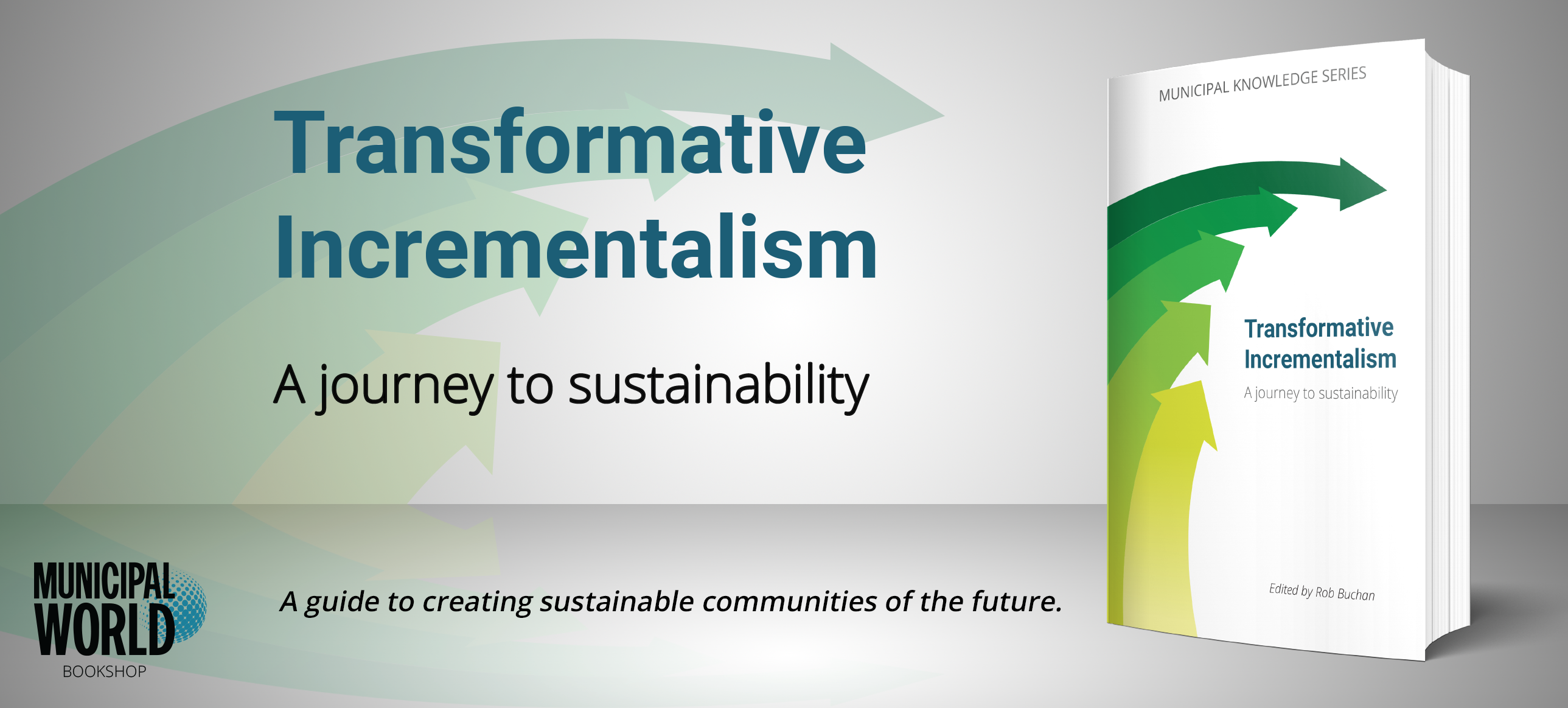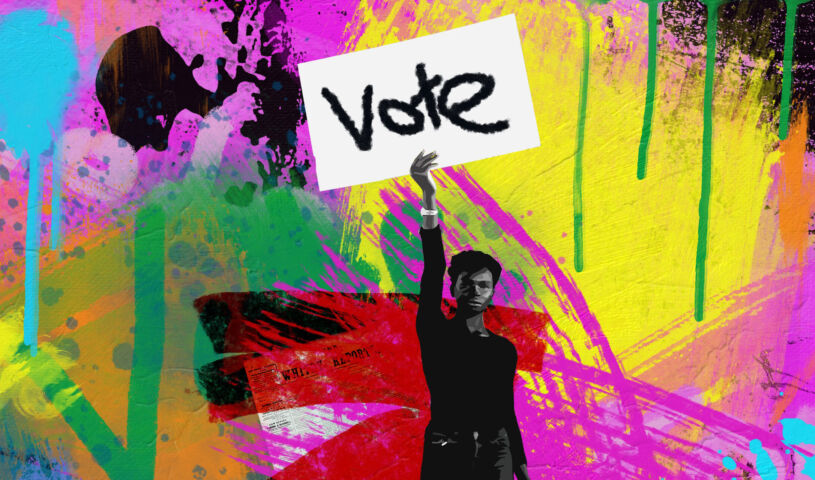Canada’s cities aren’t accessible to people with disabilities
 The December 2023 report, Mapping our Cities for All, found most public places in Canada’s big cities aren’t accessible to people with disabilities. Photo: Adobe Stock
The December 2023 report, Mapping our Cities for All, found most public places in Canada’s big cities aren’t accessible to people with disabilities. Photo: Adobe Stock
A group of disability advocates recently held a rally in downtown Vancouver calling for a more accessible city. The March 16 rally in front of the Vancouver Art Gallery was aimed at bringing attention to the challenges people with disabilities face when trying to navigate urban environments and access public services.
Michael McLellan, with the BC Self Advocate Network Society, said the goal of the rally was “to make sure that people with disabilities have the same accessibility rights as everyone else.”
Advocates at the rally said that the needs of people with disabilities are not being met and that they still face many accessibility barriers in the city.
“Oftentimes, when we talk about accessibility, disabled people are really left out of the conversation,” said Margaux Wosk, a regional director with BC People First. “A lot of needs are not being met currently.”
Many Buildings Inaccessible
Wosk’s sentiment is reflected in a recent report that found most public places in Canada’s big cities aren’t accessible to people with disabilities. The December 2023 report, “Mapping our Cities for All,” found that “nearly 60 per cent of mapped buildings” in Vancouver, Calgary, and Ottawa remain partially or entirely inaccessible for people with disabilities. Calgary came in last, with only 35 per cent of mapped buildings in the city deemed accessible. That’s compared to 48 per cent in Vancouver and 53 per cent in Ottawa.
The report was put together by researchers from the University of Calgary’s geography department and AccessNow, a Canada-based organization founded in 2015 by Maayan Ziv, who is a disability rights activist. The team behind the study explained that it is important to highlight the everyday barriers people with disabilities face.
“Accessibility is a fundamental human right,” Ziv said. “As someone who has faced numerous barriers as a person with a disability, I understand firsthand the transformative power of information.”
With the help of volunteers and paid mappers, the project collected over 126,000 data points related to perceived accessibility ratings and the presence of accessibility features. Getting people with disabilities involved was a vitally important aspect of the project for the research team.
“We are empowering individuals with disabilities to participate fully in society by providing crucial insights into the accessibility of their cities,” she said. “By amplifying diverse voices and experiences, we advocate for an inclusive future where accessibility is woven into the fabric of our communities.”
The report found various levels of accessibility across different industries. For example, around 70 per cent of health and personal care stores were deemed accessible. However, only around 45 per cent of food businesses and 35 per cent education services were found to be accessible.
The report called for more to be done to find out why certain industries are falling behind. “Our research reveals uneven accessibility patterns across industry sectors. Focused research should examine why certain sectors excel at implementing accessibility measures while others fall short,” the report’s authors wrote.
2040 Accessibility Goal
In 2019, the federal government passed the Accessible Canada Act. The act states that Canada will be a barrier-free country by 2040. The aim of the legislation is to identify, remove, and prevent barriers to accessibility across a series of key areas. This includes, among others: employment, the built environment, information and communication, the design and delivery of programs and services, and transportation.
The “Mapping our Cities for All” report is aimed at helping the federal government to meet that 2040 goal.
“When the Government of Canada enacted this legislation, they acknowledged: ‘We need a better understanding. We need feedback on the barriers faced by individuals with disabilities.’ It’s our job to help them understand and support them in their goals,” said Victoria Fast, an associate professor at the University of Calgary’s Department of Geography who co-authored the report.
Statistics Canada’s 2022 Canadian Survey on Disability found that 27 per cent of Canadians aged 15 years and older, or eight million people, had one or more disabilities that limited them in their daily activities. The rate of disability in Canada has increased by five percentage points since 2017, when 6.2 million people had one or more disabilities.
“Accessibility is not just a matter of physical barriers faced by individuals in wheelchairs. It encompasses a vast spectrum of disabilities and experiences,” said Fast. “By mapping our cities and gathering data, we aim to shed light on the diverse challenges individuals face daily and advocate for meaningful change.”
The increase in people living with disabilities was partially attributed to both an aging population and the substantial increase in mental health-related disabilities among youth and working-age adults. The survey also found that young people aged 15 to 24 years experience largest increase in disability rate.
In 2022, 20 per cent of young people in Canada had a disability. The most common type of disabilities reported were pain-related followed by challenges with flexibility, mobility, and mental health.
Report’s Recommendations
The report makes a series of recommendations that are geared around making public spaces more accessible to people with disabilities. Among them is making technology more user friendly for people with disabilities.
An increasing number of businesses and public services are going digital. However, these systems are often not designed with disabled people in mind. Examples include things like digital payment systems that don’t have braille or audio options, touchless elevators, or inaccessible websites.
The report states that current regulations are not “sufficient to ensure digital technology adoption in the built environment does not inadvertently create new barriers.”
“[The report] demonstrates how cities across Canada can make measurable progress towards advancing accessibility by applying insights from the disabled community to shape local-level policy, targeted to where improvements are needed most,” said Fast.
The report also highlighted the additional challenges racialized and 2SLGBTQIA+ people with disabilities face and the “urgent need” to account for those challenges in accessibility standards. The report goes on to state that individuals who identify as racialized, 2SLGBTQIA+, non-verbal, or neurodivergent often face compounded challenges due to the intersectionality of their identities. MW
✯ Municipal World Executive and Essentials Plus Members: You might also be interested in Katie Billsborough’s article: Web accessibility and inclusion for municipalities.
Ibrahim Daair is staff writer at Municipal World.
Related resource materials:



